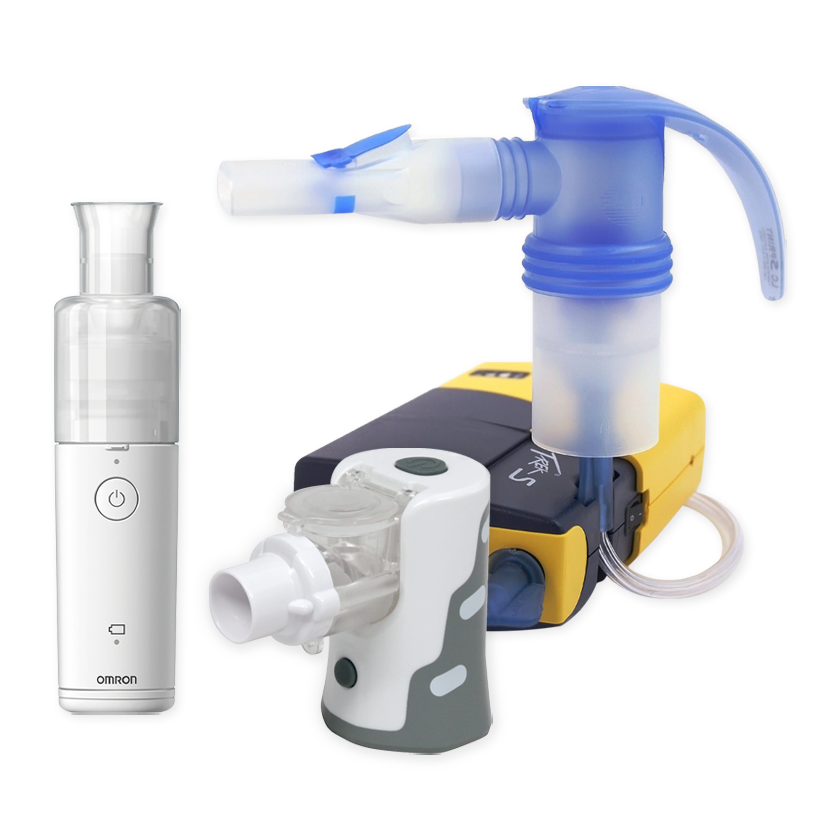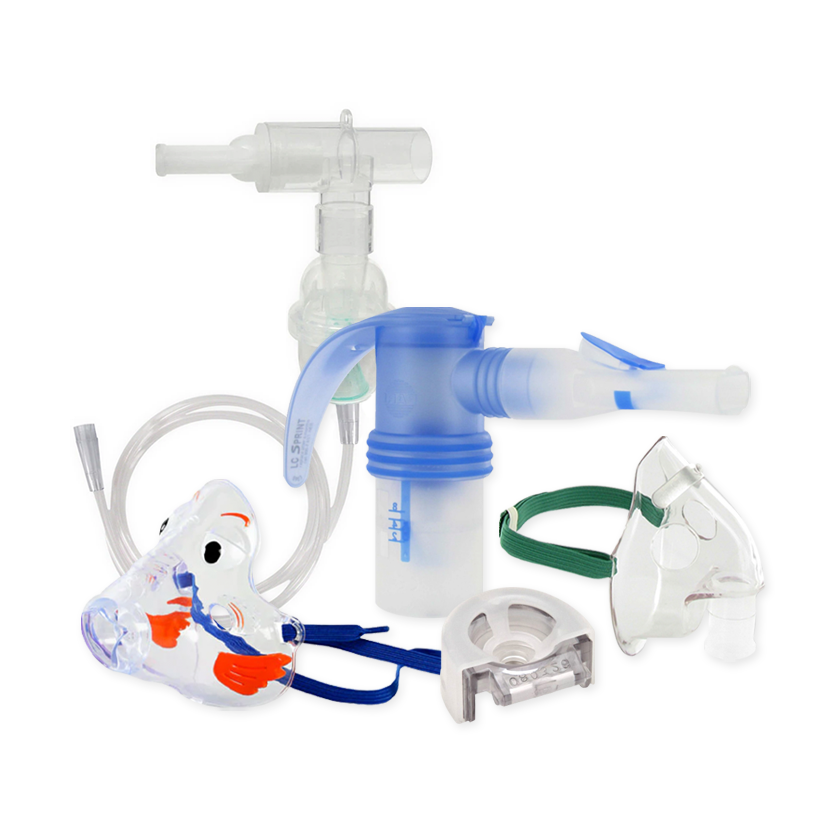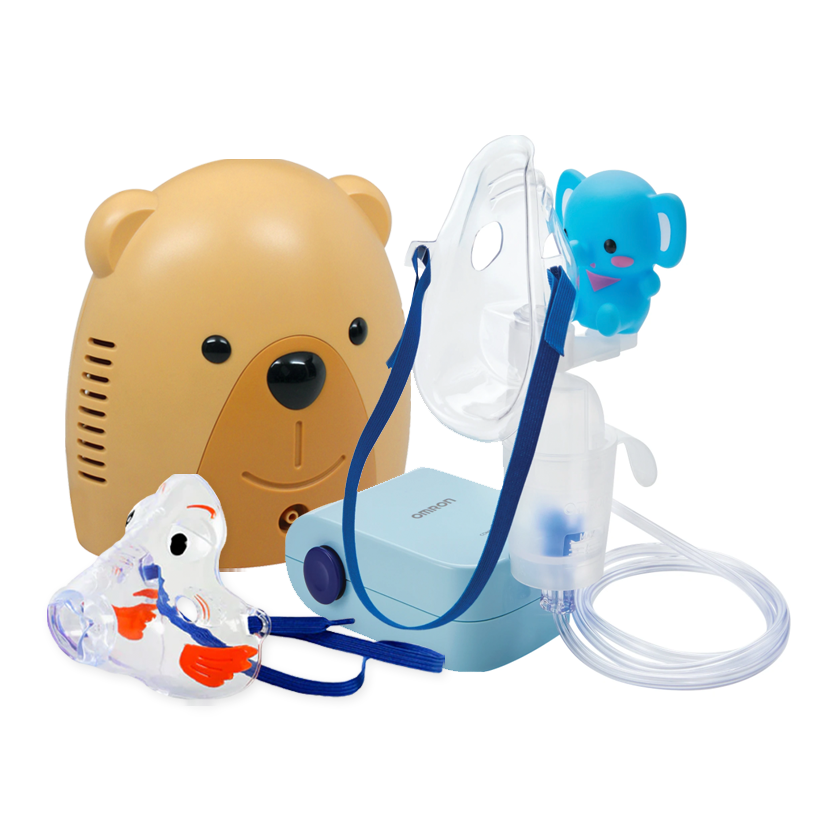Your Cart is Empty
Free Shipping on all orders over $75! Plus, free express shipping on select items.
Menu

Free Shipping on all orders over $75! Plus, free express shipping on select items.
Nebulizer Systems
Travel Nebulizers
Nebulizer Accessories
Just For Kids
Oxygen Supplies
Nebulizer for cats, dogs, and other pets
July 20, 2011 2 min read
Cats, dogs and other pets can develop illnesses such as asthma, pneumonia, or other respiratory conditions that requires inhaled medication. Typically the most effective way to treat these conditions is through a nebulizer treatment. Nebulizer treatments are usually better for both humans and animals because nebulizers administer the medication slowly, directly into the lungs.
Methods of Treating Your Pet:
- Place a towel or other cover over a cage then place high flow rate nebulizer inside the cage to create an aerosol chamber
- Hold the nebulizer mouthpiece very close to your pets nose and mouth
- Use a soft mask over your pet’s face (best) – pediatric masks work well for most animals
- One method may work better than others, so experiment to see which one is best
At the end of the treatment, your animal’s gums and tongue should appear very pink, showing the treatment was effective and your pet is receiving adequate oxygen. If you do not notice this, seek help from your veterinarian.
While effective treatment is important, prevention is always the best treatment. Here are some ways you can prevent respiratory distress in your pet:
- Make sure your pet has all the proper vaccinations – the best way to prevent infections
- Give plenty of water to maintain proper hydration– lungs work better when hydrated
- Mix nebulizer treatment solutions with distilled water, as tap water carries bacteria
- Don’t smoke indoors and vacuum/dust frequently to avoid common allergens
- Avoid strong scents and aerosols as they may irritate sensitive airways
- Use low dust, clay litter to reduce airborne irritants
- Avoid overexerting your animal with long walks or intense activities on hot days
- Buy an air purifier to remove asthma triggers from the air
- Lookout for actions or activities that precede an asthma attack in your pet, then try to avoid them
- Promote a relaxed environment in your home since stress is a common trigger of asthma attacks
Your pet may fight the treatment at first, but using persistence and trying different methods will let you find which one works best for your animal. Give your pet affection during the treatment and a treat afterwards to build healthy compliance. Be sure to consult your veterinarian before starting treatments and if you have any difficulty.
Subscribe
Sign up to get the latest on sales, new releases and more …

NEW CUSTOMERS SAVE 10% OFF YOUR FIRST PURCHASE OF $20 OR MORE.
Code will be sent to email entered if applicable
SIGN UP FOR FUTURE SALES, NEW PRODUCTS AND ANNOUNCEMENTS
{"themeColor":"#061f77","iconColor":"#061f77","showLogo":true,"topBottomPosition":0,"rightLeftPosition":5,"iconSize":"large","iconCustomSize":64,"position":"middle-right"}



